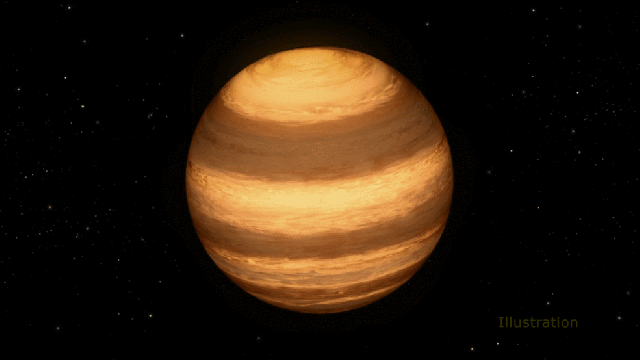Astronomers are comparing it to Jupiter’s red spot: a forever storm large enough to swallow three Earths. Except this monster tempest appears to be raging on a star.
The object in question, W1906+40, belongs to a class of relatively cool celestial bodies known as L-dwarfs. Despite their low temperatures, some L-dwarfs fuse atoms and produce light — and are therefore classified as stars. Others, known as brown dwarfs, are considered “failed stars” for their lack of fusion. Based on its age and average surface temperature (about 1926°C), this particular L-dwarf is likely to be an actual star.
Which is fascinating, because we don’t think of stars as objects that have stormy weather. This one does.
W1906+40 was originally spotted by NASA’s Wide Field Infrared Survey in 2011, and later, by the Kepler Space Telescope. Kepler was built to spot planets by looking for transit events — very faint dips in starlight that occur when a planet speeds around its parent star in our line of sight. When astronomers imaged W1906+40 with Kepler, they noted a periodic dip in starlight, but it didn’t look like any planet we’d ever seen.
At first, astronomers thought they were looking at a sunspot — a region of heightened magnetic activity on the star’s surface. But follow-up infrared observations with the Spitzer telescope revealed something much weirder: a colossal, cloudy storm, composed of tiny mineral particles.
“We don’t know if this kind of star storm is unique or common, and we don’t why it persists for so long,” said John Gizis of the University of Delaware, Newark, lead author on a new paper describing the find. To begin answering these questions, Gizis and his colleagues are now using Kepler and Spitzer to hunt for other stormy stars.
It’s one of those unexpected discoveries that highlights just how diverse the cosmic landscape is — and that we should always keep an open mind when exploring it.
